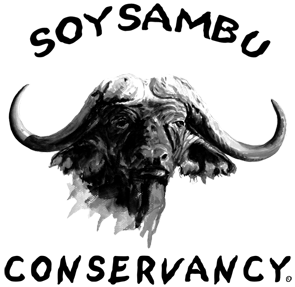BY DUNCAN ODUOR
The management would like to welcome all who would like to volunteer for the dry season mammal count this Saturday, 12th November 2011.Th e briefing will be done on Friday afternoon and the exercise will take place on Saturday starting at 6:30 a.m.
The terrain is mostly is mostly open grassland .Vegetation are broadly divided into 3 main classes; wooded grassland, wooded forest and open grasslands. The grassland covers the largest areas of Congreve,Jolai,Lakeside and South Melia, The Melia North, Some parts of Soysambu and Western part of Congreve has wooded grasslands and lastly the Lake Elementeita area and hills around Jolai has wooded forest.The conservancy is divided in 9 major blocks with open grasslands taking larger blocks. More on this exercise will be provided during briefing this Friday afternoon
















